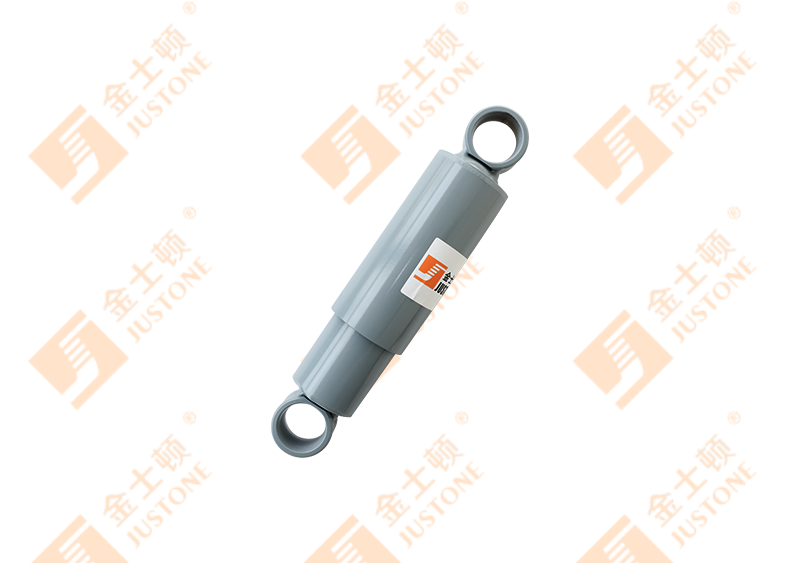Temperature variations and environmental conditions can have a significant impact on the performance of
heavy truck chassis shock absorbers. These conditions affect the materials, fluids, and overall functionality of the shock absorbers, potentially influencing ride quality, handling, and overall safety. Here's how temperature variations and environmental conditions can impact the performance of heavy truck chassis shock absorbers:
Fluid Viscosity:
Temperature changes can affect the viscosity of the shock absorber fluid. In cold temperatures, the fluid may become more viscous, potentially impacting its flow characteristics and damping performance. Conversely, in high temperatures, the fluid may become less viscous, affecting its ability to provide consistent damping.
Seal Integrity:
Extreme temperatures can impact the integrity of seals within the shock absorbers. Cold temperatures may cause seals to stiffen, leading to potential leaks or reduced effectiveness. On the other hand, high temperatures can accelerate wear on seals, affecting their ability to contain the shock absorber fluid.
Damping Characteristics:
Temperature variations can alter the damping characteristics of shock absorbers. Cold temperatures may reduce damping effectiveness, resulting in a harsher ride, while high temperatures can cause the fluid to overheat, leading to reduced damping performance and potential fade.
Material Expansion and Contraction:
Temperature fluctuations cause materials to expand in heat and contract in cold. This can affect the dimensions and tolerances of various components within the shock absorbers, potentially leading to changes in performance or alignment.
Thermal Stress:
Heavy trucks operating in extreme temperature conditions may subject the shock absorbers to thermal stress. Rapid changes in temperature can induce stress on the components, affecting their structural integrity and potentially leading to premature wear or failure.
Corrosion and Oxidation:
Exposure to harsh environmental conditions, such as salt on roads in winter or corrosive substances, can lead to corrosion and oxidation of shock absorber components. This can degrade the overall performance and lifespan of the shock absorbers.
Rubber Bushings and Mounts:
Rubber components, such as bushings and mounts, can be sensitive to temperature changes. Cold temperatures may cause rubber to stiffen, affecting flexibility and dampening ability. High temperatures can accelerate the aging of rubber, leading to a loss of elasticity and reduced vibration isolation.
Reservoir Pressurization:
Some advanced shock absorbers may feature gas-charged reservoirs. Extreme temperatures can impact the pressurization of these reservoirs, affecting the overall performance of the shock absorbers.
Ventilation and Cooling:
Operating in high-temperature environments, especially during heavy load or off-road conditions, can increase the need for effective ventilation and cooling systems. Some shock absorbers may include features to dissipate heat efficiently and maintain optimal performance.
Rubber Seals and Boots:
The rubber seals and protective boots on shock absorbers may be susceptible to degradation in extreme temperature conditions. Cracking, hardening, or deterioration of these components can compromise the overall sealing and longevity of the shock absorber.
Testing for Extreme Conditions:
Subject shock absorbers to testing under extreme temperature conditions to ensure their performance and durability across a wide range of environmental scenarios.
